There are a lot of heavy-handed pianists out there who seem to have a misconception about the ease of replacing broken piano strings. Replacing a broken string is not a "fix it and forget about it" kind of problem.
There are two types of strings in a piano: wound strings and plain (straight gauge) strings. Wound strings are found in the bass section and are composed of a steel core running the length of the string, and a copper winding that is wrapped around the core. Plain strings are found everywhere else in the piano and are simply a steel wire of an exact, consistent diameter throughout its length.
When it comes to replacing a broken string in a piano, the procedure is fairly simple. The problems arise after the string has been replaced. Piano strings, whether wound or plain, will stretch over time due to the large amount of tension that they are placed under. This has the effect of very slightly lengthening the string, which causes the tension to drop slightly as well. Since the pitch produced by a string is affected by its mass, length, and tension, any changes in these properties will cause a change in pitch.
After a manufacturer has finished building a new piano, they will tune it a half a dozen times or more to ensure they get as much stretch out of the strings as possible. Without this, the tuning of the piano would be very unstable and the pitch of all of the strings would drop very quickly as they stretched.
The problem here lies in the fact that most piano tuners aren't going to want to tune your piano six times over the course of a few days. So, when a string breaks in your piano, it will be replaced and freshly tuned, but that new string will go out of tune much faster than the rest of your piano. The best way to deal with this is to mute any new strings until they have been tuned enough times to become stable. On a typical home piano, it can take years before the strings have fully stretched out and stabilized. Muting the string ensures that it won't be audible as it goes out of tune. However, this comes with the trade-off of slightly lower volume in the bichord and trichord sections of the piano.
In the low bass, where each note is only comprised of a single string, the pianist must simply deal with the string going quickly out of tune, as a mute would deaden the note completely.
In addition to this, missing strings can wreak havoc on action parts inside the piano. hammers will wear unevenly, bushings in the hammer flanges will get torn up, and grand hammers can get wedged against their dampers.
Basically, take it easy on your piano and you won't have to deal with the long-lasting effects of string replacement.













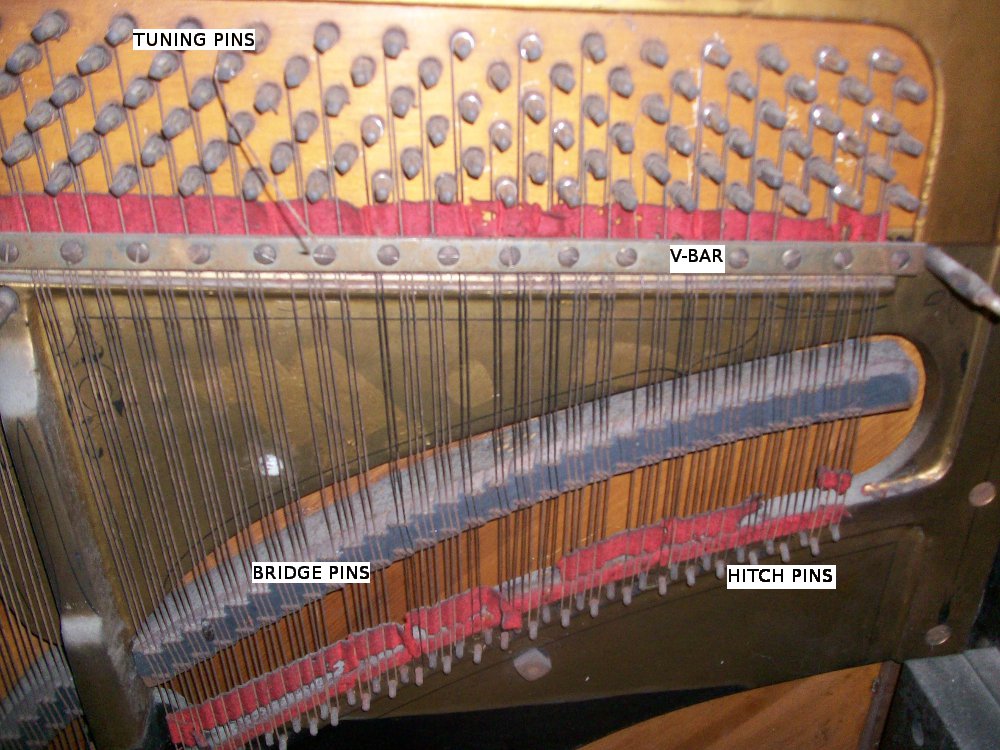
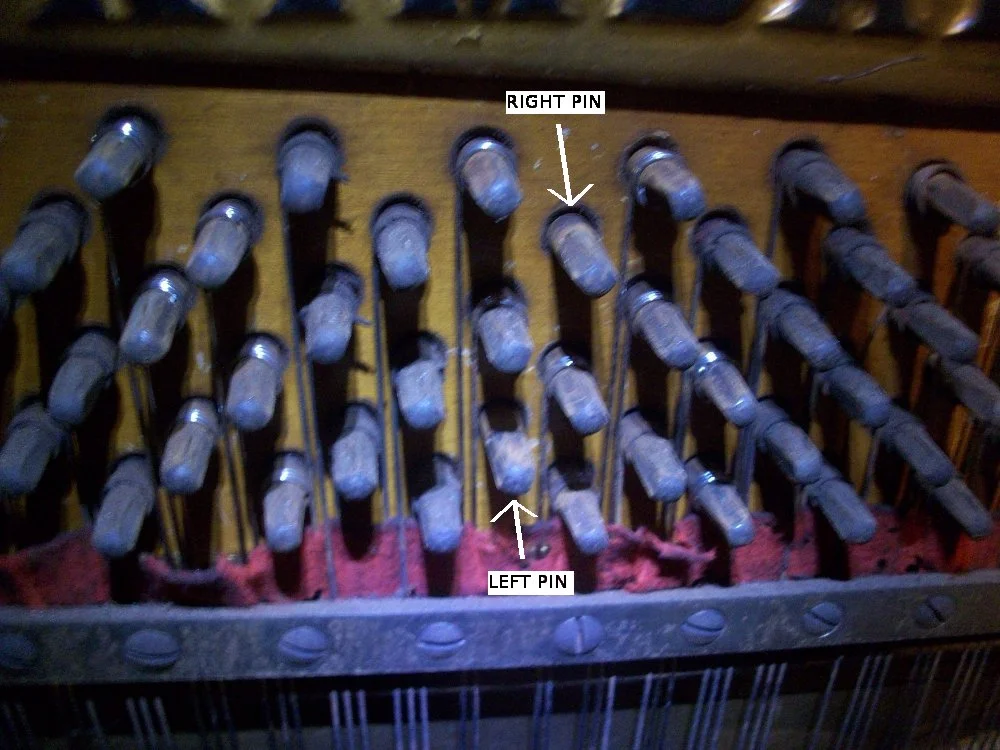

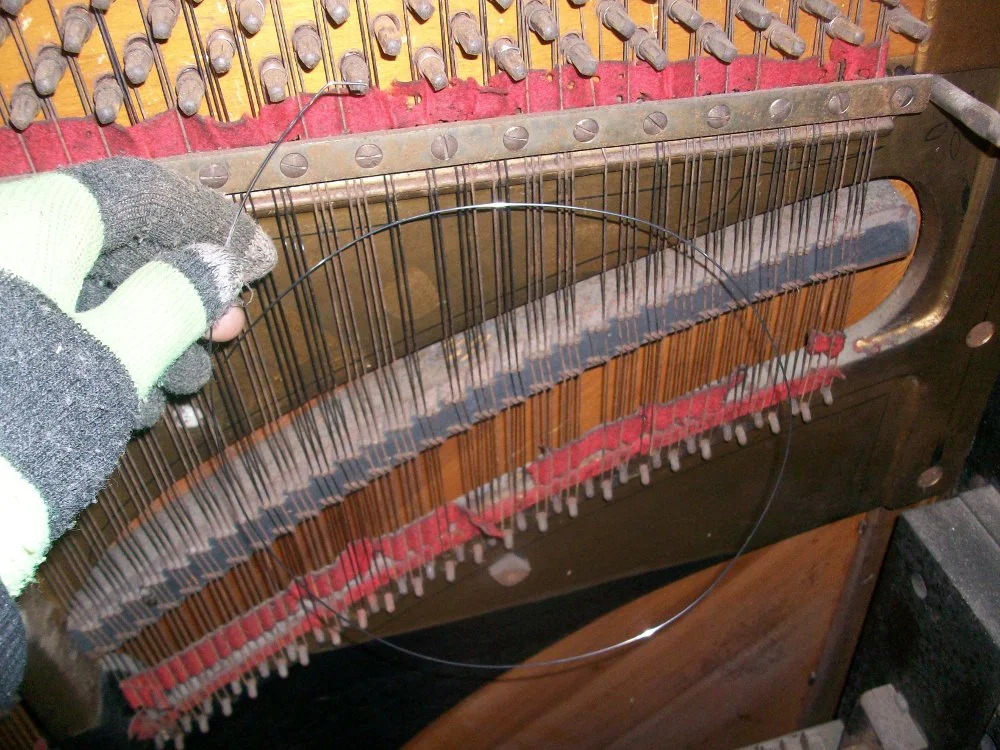


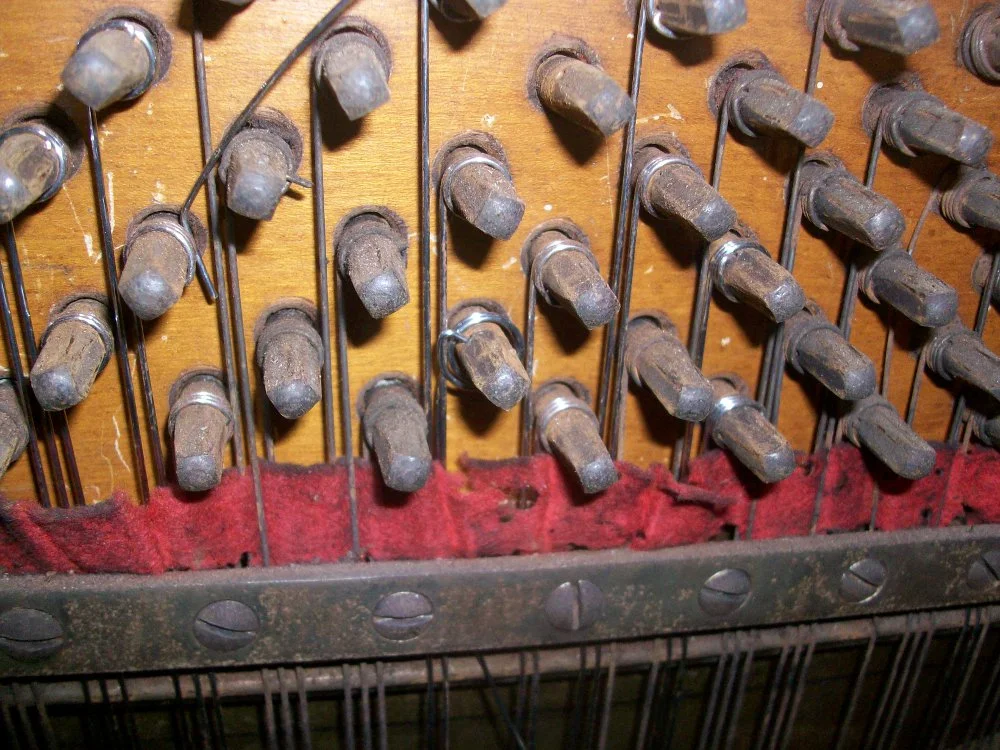
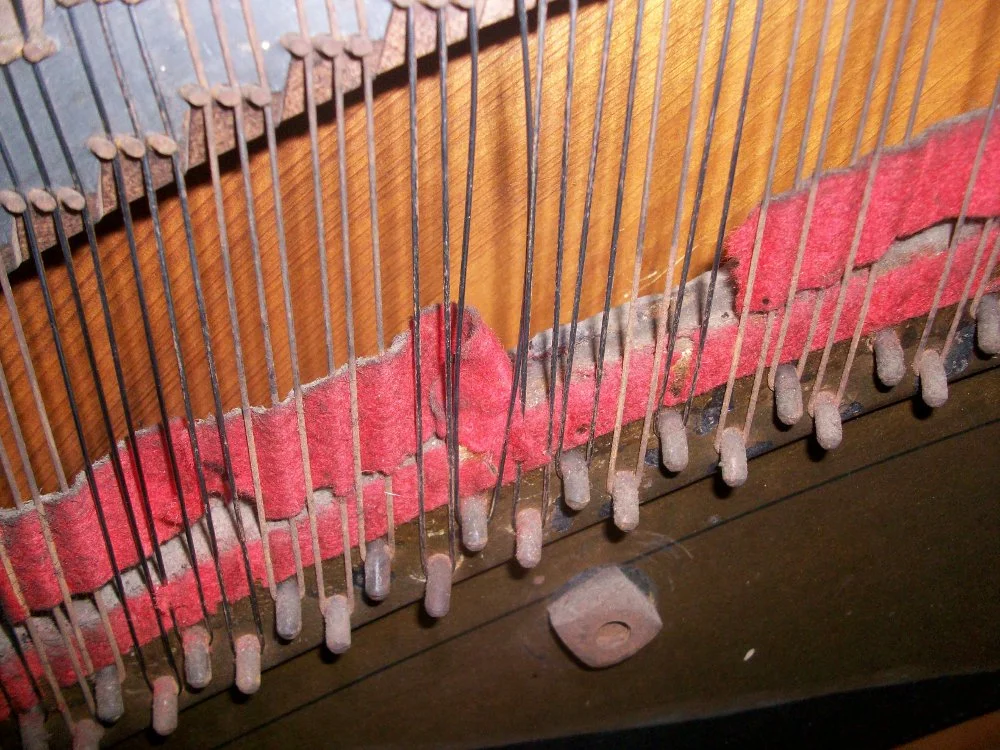



I have been servicing and tuning pianos in NOLA since 2012 after first becoming interested in piano technology in 2009. With a background in teaching bicycle mechanics, I bring a methodical mindset and a love of sharing knowledge and skills to the rich musical culture of New Orleans.